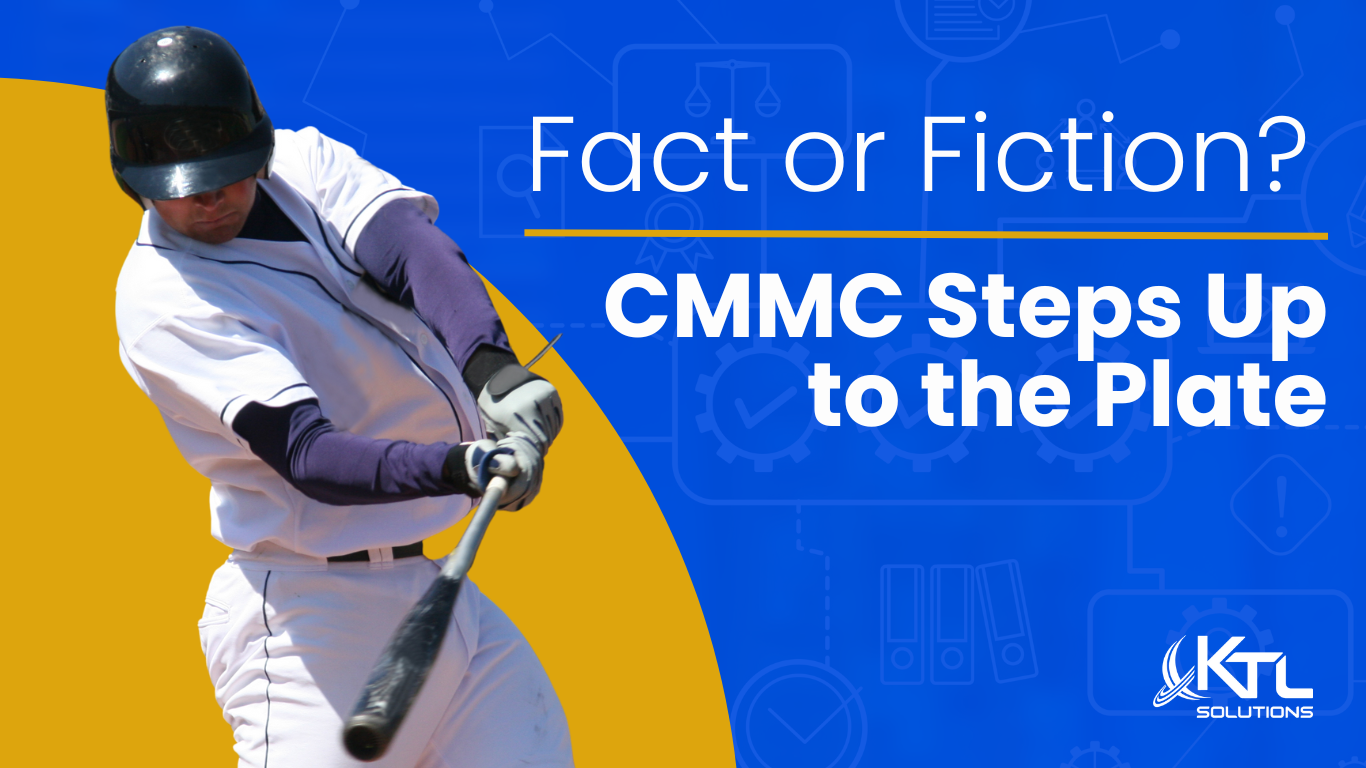CRM is no longer the traditional customer relationship management tool, managing contacts and the sales pipeline. Before, CRM was to be only used by sales people to manage their contacts, relationships and their information. Now, CRM has been shared or integrated to other systems for marketing, analytics, projects, etc. CRM, as an enterprise application, has since evolved into a platform, not just Microsoft CRM (xRM) but other CRM systems like Zoho or SalesForce (Force.com).
CRM has become a platform competing with other platform applications like SharePoint, but let’s leave that out for another blog post. CRM, as a platform, has given the possibility for it to be used as a Line of Business (LOB) application. A CRM system can be configured to be used for collecting surveys, managing projects, tracking service calls, vendor management and many more. CRM has become so configurable that you can repurpose the entities and create new entities to track information related specifically to your business. In Microsoft Dynamics CRM, you can create an entity with just a few clicks and make it available for use by leveraging the infrastructure provided by the core system like security down to the field and record level, making it available on a phone & tablet without creating separate new apps. With some planning and a few clicks in CRM, you can create a set of entities that not just shares information specific to your business but also interacts with each other using workflows, assign ownership, delegate tasks, track communication and also provide integration with other systems when necessary. Now combine that flexibility with the deployment options for CRM. With Microsoft CRM, you can choose to deploy it in the cloud, on your private cloud, or locally on your servers depending on your needs. I have been able to create demos for our prospects quickly and easily using CRM Online and also leveraging the industry templates provided by Microsoft to configure & customize based on the prospect’s needs.
With such advancement in CRM technology, you have to have specific requirements which compel the need for creating a separate LOB application. Otherwise, a CRM system like Microsoft Dynamics CRM, can be leveraged to create your business application. Another benefit is that you can add on new LOB applications or gradually move your existing LOB applications to the CRM system, you can configure applications for separate business groups using the robust security present within CRM, share data between them using workflows and present it all in one KPI for the upper management. For Microsoft Dynamics CRM, you can find a list of industry specific applications at Microsoft Dynamics Pinpont Marketplace.
Most of these applications provide a trial option where you can install it on your CRM base install and test if it fits your business needs and some which are more involved where you would require a partner involvement to understand your needs and tailor the application to your requirements. Even if any of the marketplace applications do not meet your requirements then you can customize it, even Microsoft’s pricing is aligned with the concept of using CRM as a LOB. Microsoft has created 3 level CRM pricing, Professional, Basic & Essential. Professional CRM license offers the use of all CRM entities whereas the Essential license allows you to work with custom entities and some system features which you can use to build your own LOB application.
Interested in learning more about CRM or have questions for Dave? Contact KTL Solutions by calling 1.866.960.0001.



































